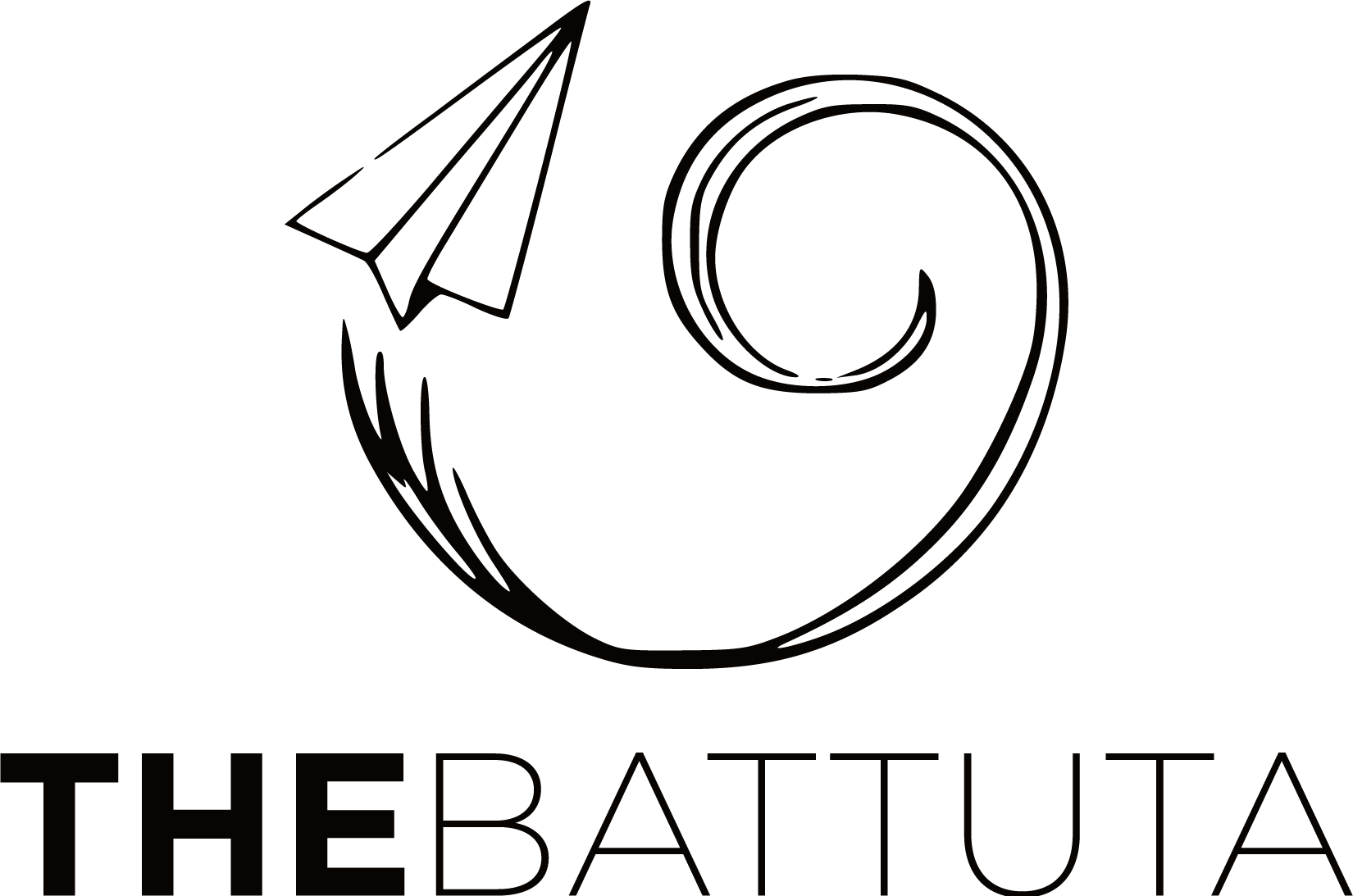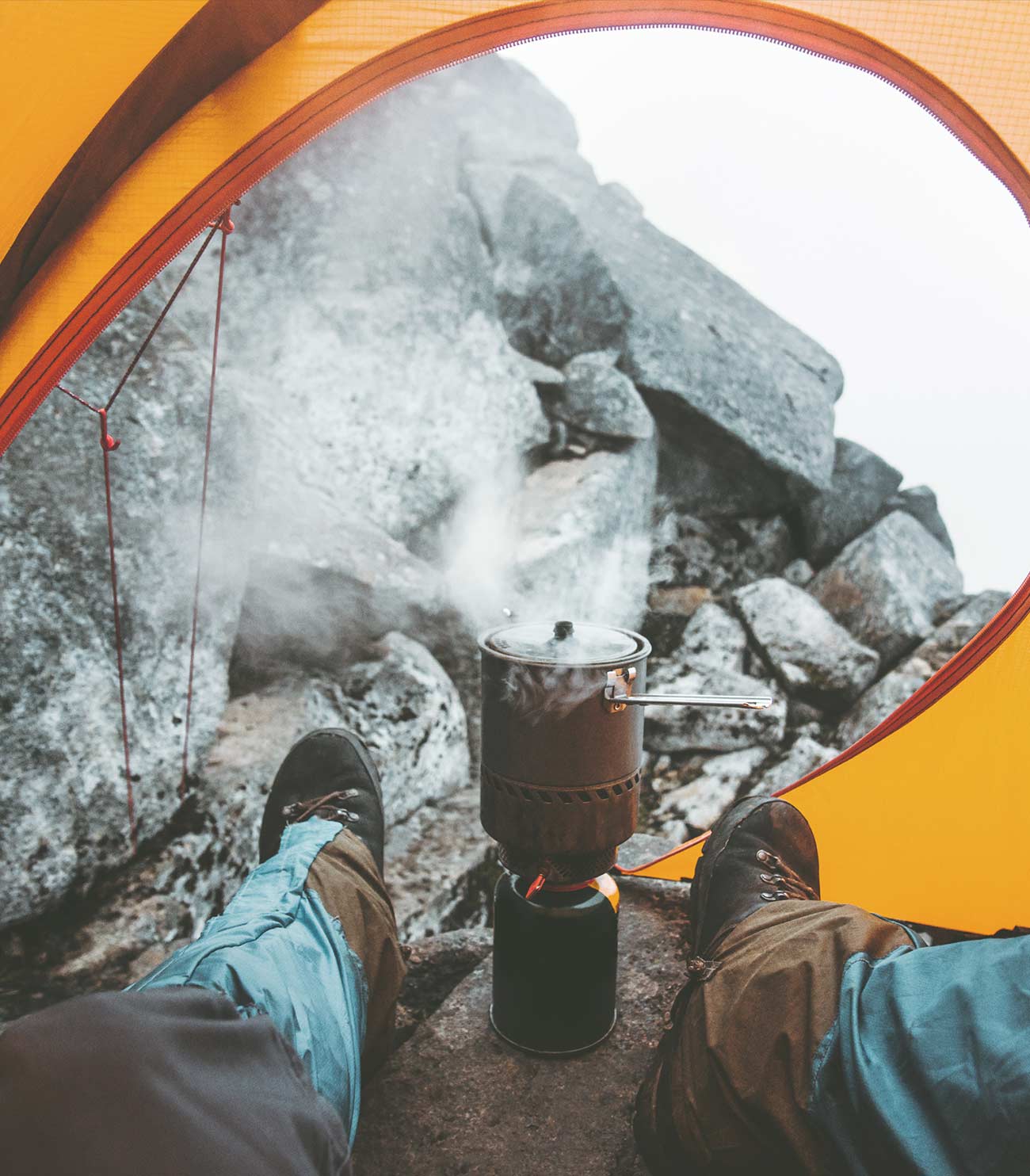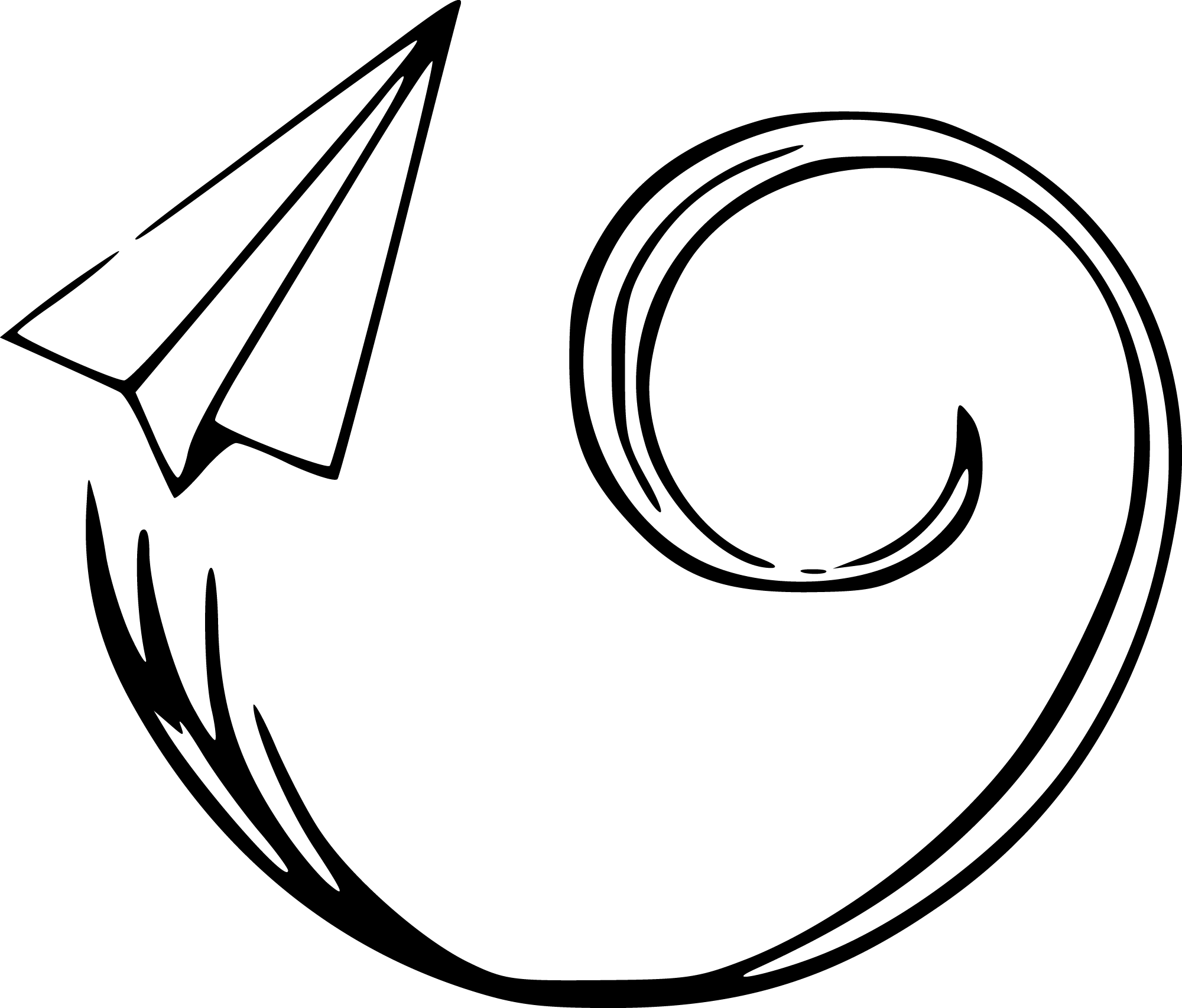Independent Trekking and Camping in Nepal
Where is Nepal located?
Nepal is a country in South Asia. It is the 49th most populous and 93rd largest country in the world. The landlocked Nepal is in the north, Tibet, which is part of China; It borders with India in the south, east and west. With fertile plains, subalpine belt forests, and eight of the ten highest mountains, Nepal has a rich geographical diversity. This includes Mount Everest, the highest mountain in the world. Its capital and largest city is Kathmandu. The official language is Nepali, but the country is home to many ethnic groups.

İndependent trekking and camping in Nepal
The mountains challenge every mountaineer’s nerves to the bitter end. From the stunning hills of Annapurna Base Camp to gentle hiking trails in Langtang Valley, these hiking trails in Nepal are not for the faint of heart.
The Himalayas, according to travelers, are the main reason to visit Nepal. The country descends from the 800-kilometer section of the Himalayan slopes that make up the northern border and has at least eight of the world’s ten highest peaks, including Mount Everest, the highest of them all. The cultures of the Nepalese people living in the mountains are rich and fascinating, and the relaxed, friendly spirit of trekking life is an attraction in itself. The Himalayas create strong spiritual feelings in visitors. In Hindu mythology, the mountains are the place where the gods meditate, and the Sherpas and other mountain peoples climb certain peaks to embody the gods.
Most visitors to the mountains travel on several well-established trekking routes. They have good reasons for doing so: Everest and Annapurna have popular classic trails, as they capture the highest peaks, dramatic landscapes and intimate views of charming local cultures. The lodges on the main roads – some of which are as complex as ski resorts – make it possible to travel these days without carrying a lot of equipment or learning the Nepali language and spending a lot of money. During the walk, you will eat and sleep for $ 20-30 a day. For those who prefer to stay away from all of this, of course, there are less developed routes, and simply going out of season or going off the main trail makes a big difference. Thus, there are those who enjoy camping and trekking at a lower budget. Almost two-thirds of trackers travel to the Annapurna region north of Pokhara with spectacular views, easy access and various tracks. Everest in the east of the country is one of the most interesting areas in Nepal, however, the height and distance from the tops of the trails make the shorter tracks relatively uninteresting. But about a quarter of trackers walk here. Helambu and Langtang are less dramatic. To walk in these areas, you must either set up camp and be ready to carry your supplies, or pay to take a group walk with tents. You can go anywhere you want through a good agency.
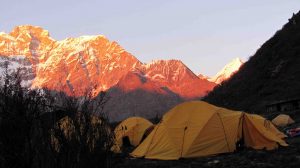
Some important trekking and camping routes
Trekking life: what to expect
Many first-timers are surprised that most treks are not wilderness experiences. The Himalayas are incredibly well settled, for the most part, and typically it’s only when crossing the highest passes, or on the final pull up to a base camp, that trails pass through barren, unpopulated country. This makes trekking relatively safe: it’s hard to get seriously lost – and stopping to chat and ask directions is part of the fun. That said, even in populated areas you are committed to walking for hours every day, sometimes in uncomfortably sweaty or frigid conditions, and occasionally on steep, slippery or alarmingly narrow trails. Some trekkers find suspension footbridges terrifying. Others find the bumpy journey by road to the trailhead – or the possibly bumpier flight to the airstrip – the worst bit (and these probably are the riskiest parts of any trek, objectively speaking).
Fitness is less of an issue than you might think, as you can walk at your own pace, ambling from one glass of chiya to the next. Most trekkers set off early each morning to make the most of the clear weather (clouds usually roll in around midday), which makes afternoons typically leisurely affairs, fitting in a short side trip or monastery visit around snacks, games of cards, reading, journal-writing and the rest. Evenings are usually cheerfully communal, as everyone tends to huddle in the relative warmth of the dining hall (or mess tent, if you’re camping) ordering a steady stream of dishes and hot drinks. Bedtimes usually come early.
Everyone treks in their own way, but there are a few tips for how to get the best from a trip. Allow space in your schedule for rest days, weather and contingencies, and make sure you do at least one side trip. Some of the most fascinating or beautiful sights – monasteries, villages, waterfalls, glaciers – are tucked away up side valleys, and walking even a few steps away from the main trail can take you back virtual decades, in terms of development and commercialization. Instead of ordering pizza from a menu, you may find yourself sitting round the fire with a local family sipping a mug of chhang. Many trekkers find they enjoy these interactions with local people as much as they love the mountains.
Langtang, Helambu and Gosainkund
In the north of Kathmandu, trekking is not very popular and is relatively crowded. It is the most accessible of all trekking areas. The disadvantage of the advantages is that there are no peaks at an altitude of 8000 m nearby (with the exception of Shisha Pangman on the other side of the Tibetan border). Langtang in particular, outside the Annapurna shrine, offers shorter and more spectacular views than any other hiking trail in Nepal. Helambu is located in the northeastern part of the Kathmandu Valley. To the north of Helambu is the high Langtang Valley, which stretches from east to west and is close to the Tibetan border, at the top of which there are magnificent paths between Langtang and Jugal Himals. Gosainkund is a series of lakes located in a strong intermediate range northwest of Helambu. One of the practical concerns is that the connection between these three tracks is not reliable. Winter snow can close the passages between Helambu and the other two, and the spontaneous Langtang and Gosainkund tracks require you to take your steps back. Dining and accommodation here is less luxurious than in Annapurna and Everest, but the lodges are mostly comfortable. All these routes take you to Langtang National Park.
Langtang trek
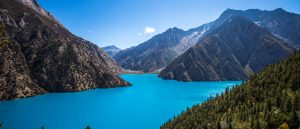
The Langtang trek can be completed in as little as a week, but daytime walks in the upper valley should keep you at least two or three days, and when more time is given, you may want to add Gosainkund to the route. The first two days of the track are spent climbing the valley-like Langtang Valley, and most likely overnight at the Lama Hotel (2470m) or Goratabela (2970m). Oak and rhododendron give way to a peaceful hemlock and larch forest; After climbing the old moraine, suddenly snowy peaks appear, and the valley opens into a U-shaped glacial valley – the main yak pasture. Spring is great for flowers here, and in the fall, berberis bushes turn a deep rust color. The upper valley is occupied by two Bhotia villages: Langtang (3300 m), the largest of the two, a good place to spend an extra night and adapt to the climate, Kyanjin Gompa (3750 m) a small monastery, a cheese factory (boasting incredible yogurt.) And early in the high season. The filled mountain house is rich in a group of lodges.
Gosainkund
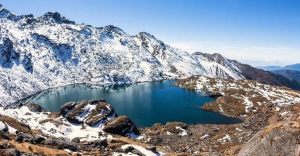
Gosainkund can be walked alone for four days, but due to the harsh weather at an altitude of 4610 m, it is better to do it after adapting to the climate in Langtang or Helambuda. Trails from Dhunche (three buses departing early each morning from Kathmandu’s Gongabu Bus Park) or Thulo Syaphru (on the Langtang track) climb steeply through the mossy rhododendron forest to Sing Gompa Monastery and cheese factory at an altitude of 3,250 m. It is especially difficult to climb Dhunche. Above Sing Gompa, the trail passes through tall fir stands before climbing over a tree line for increasingly panoramic views of the high peaks. There are several lodges on the shores of Gosainkund, the most sacred of lakes and popular among Nepali Hindus. A well-known legend tells how Shiva hit the slope of this mountain with his trisulu to save the world by drinking dangerous poison, creating a lake and cooling its burning throat. During the full month of July-August, a mass Hindu pilgrimage is held in Janai Purnima, Gosainkund.
Helambu
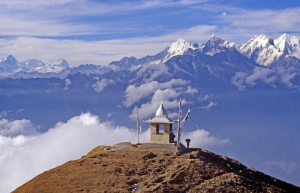
Helambu (or Helmu) is great for short walks: Access from Kathmandu is easy, and the extensive trail network allows you to adjust the circuit to your schedule. The area covers a wide range of altitudes – there are many ups and downs – but the highest point obtained is only 2700–3200 m (depending on the route), so climateization is rarely a problem. Winter walks are especially possible. Langtang Himalayan peaks are often visible, but the scenery is not as close as in other areas. Helambu was once considered a secret, sacred area, and its misty ridges and fertile valleys are still relatively isolated; relatively few people walk here.
Makalu Base Camp
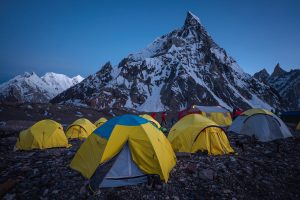
Much of the Makalu Base Camp track is from the wild and remote Makalu-Barun National Park and around the adjacent Makalu-Barun Protected Area. Established in 1992, the park’s main goal is to prevent increasing human pressure around the camp and to protect one of the most botanically diverse and wildlife-rich areas in the Himalayas. The starting point is the airstrip in Tumlingtar, although a marathon trip can take you there (and even beyond, to Khandbari) via Dharan, Hile and Basantapur. There are alternate routes on either side of the Arun River for the first three or four days, but for the next seven days there is only one route above it (which requires a tent and food) to the base camp. Shipton leads over the Barun, known as La (4127 m), and into the remote Upper Barun Valley, which is often compared to the Annapurna shrine for its high beauty.
Everest base camp
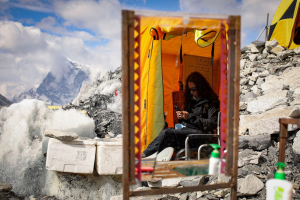
Before crossing Lukla (2840 m), Khumbu Trail and Sagarmatha National Park (2740 m) in Jorsale, Dudh Koshi (“Milk River”) moves north and joins Khumbu’s high NAMCHE BAZAAR / NAMCHE (3450M) and has a beautiful view begins. The beautifully placed horseshoe-shaped Sherpa “capital” has had a very good share of mountaineering and trekking over the years, and the shops sell (or rent) everything the tracker can dream of. There is a bank (surprisingly with an ATM), a post office, a bakery, a place that calls itself the “highest bar in the world” and even access to the Internet. Try to coincide your trip with the Saturday market, which attracts Tibetans from the north and Raisis from the south, or visit the visitor center of the national park, located in the mountain range to the east of the city, which has an informative museum.
Emergencies
Serious emergencies during trekking are rare, but keep in mind that there are medical facilities and several locations outside Kathmandu that can cause illness, storms, wrong steps, landslides and even avalanches. Other big cities are very primitive. The local population has the best information on the nearest and fastest way to access health care.
Equipment
Of course, it is important to have the right equipment when traveling, although when you see how much work the carriers are doing, you will understand that high-tech equipment is not important. Bring what you need most to be comfortable, but don’t neglect to minimize weight. If you are planning to set up camp, you will need more, but if you are trekking with an agency, you don’t need that much. The sleeping bag is recommended for all people except the hottest seasons. Most lodges offer blankets on demand, but you don’t know who last used the bedding set or what surprises might be there – and if you’re walking the main route during peak season, lodges can sometimes run out. A three-season bag is recommended for walks at medium altitudes. Above 4000 m or in winter you will need a four-season bag. The camera equipment maintains the exchange between weight and performance, and the cold weather and stunning scenery will really drain your camera batteries quickly. On the most popular trails and often outside of them, you can find a place with solar or other electricity to charge the camera batteries, which is often paid. Otherwise, you need disposable or portable solar chargers (those designed specifically for shovel bags are more suitable for charging on the go).
What to bring
You can buy the items listed below in Kathmandu and Pokhara, although branded, high-quality clothing and equipment are rarely cheaper than at home. If you are camping, of course you will need all the camping equipment. If you are in an agency, you will not need a part of it. For example, a medical kit that guides must carry.
Essentials
- Goggles – good UV goggles will protect your eyes from the harmful effects of the sun in the highlands.
- Toiletries – including biodegradable soap / shampoo and toilet paper. Flashlights and batteries can be easily obtained from the main trekking tracks.
- Backpack – Although you will use one to carry your luggage, it is needed for your personal belongings and their further safety.
- Sunscreen, Lip balm-Considering that the air in the highlands is harsher and closer to the Sun, it is advisable to include them.
- Medical kit
- Map and guidebook
I myself (ie the author of this article) have been in love with mountains since I can remember, but if your life is spent in trekking then you know that mountains have a way of dealing with your confidence. Thus, Nepal shows at every step that it is an invaluable crossing for trekkers and campers.
